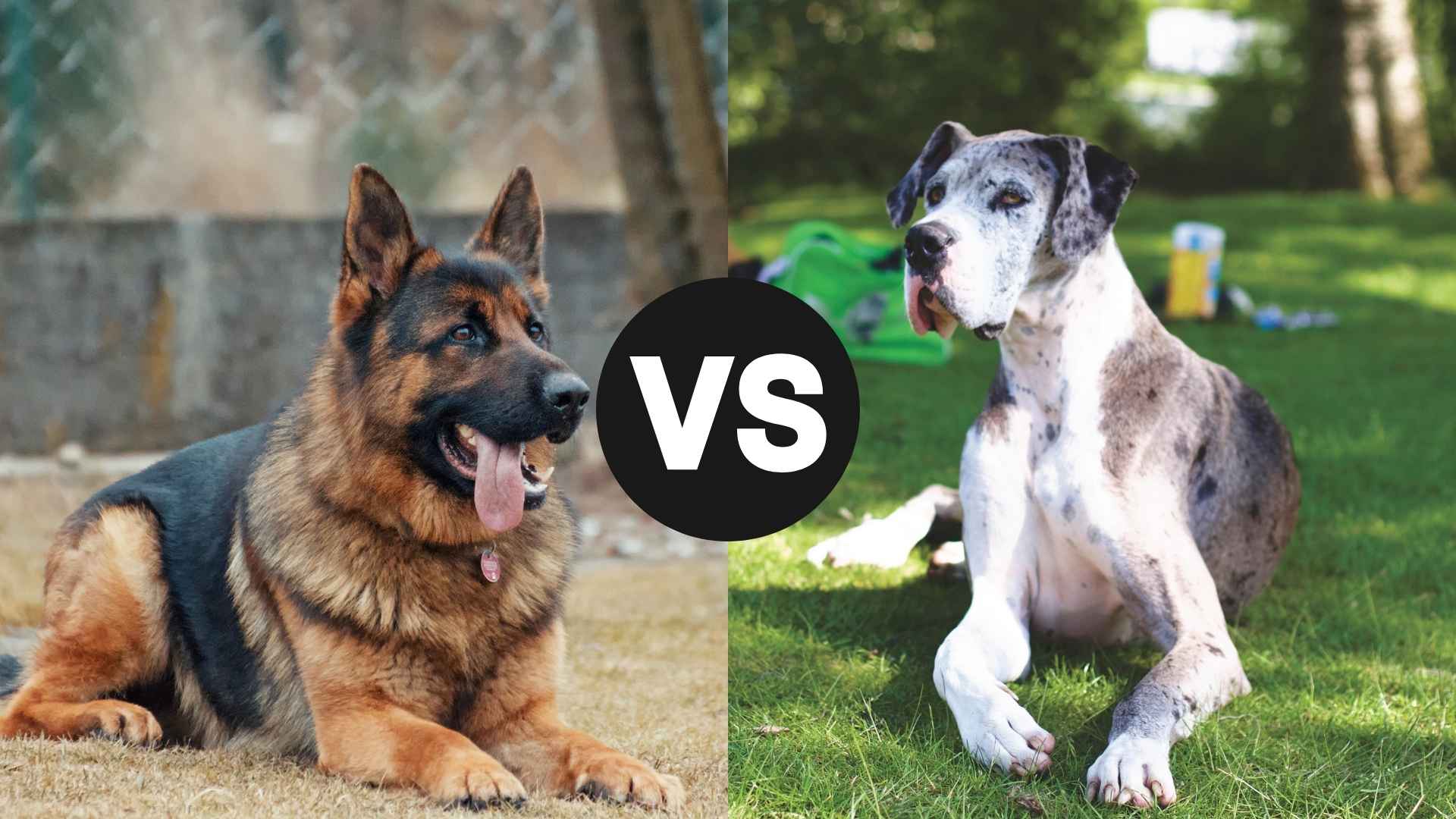When it comes to choosing between two of the most well-known dog breeds, the German Shepherd vs Great Dane debate often comes up among dog lovers. Both breeds are admired for their unique qualities—one known for its sharp mind and working abilities, the other for its gentle spirit and majestic presence. The German Shepherd is celebrated for its loyalty, intelligence, and versatility.
In contrast, Great Danes tend to be gentle giants—sensitive and calm, yet still requiring space, socialization, and mindful care. Despite their differences, both breeds make exceptional companions in the right environment.
In this blog, we’ll explore the key differences of these two breeds; how they compare in temperament, lifestyle compatibility, and overall appeal, helping you decide which breed might be the best match for your family.
German Shepherd vs. Great Dane
When comparing German Shepherd vs Great Dane, you’re looking at two distinct breeds with rich histories and loyal fan followings. The German Shepherd, also known as the Alsatian in parts of Europe, was developed in Germany in the late 19th century as a herding and working dog.
Valued for their intelligence, discipline, and trainability, German Shepherds quickly gained recognition in roles beyond the farm, excelling as police dogs, in law enforcement, military service, search and rescue, and therapy. Their keen instincts and dedication to duty make them one of the most versatile and reliable dog breeds in the world.
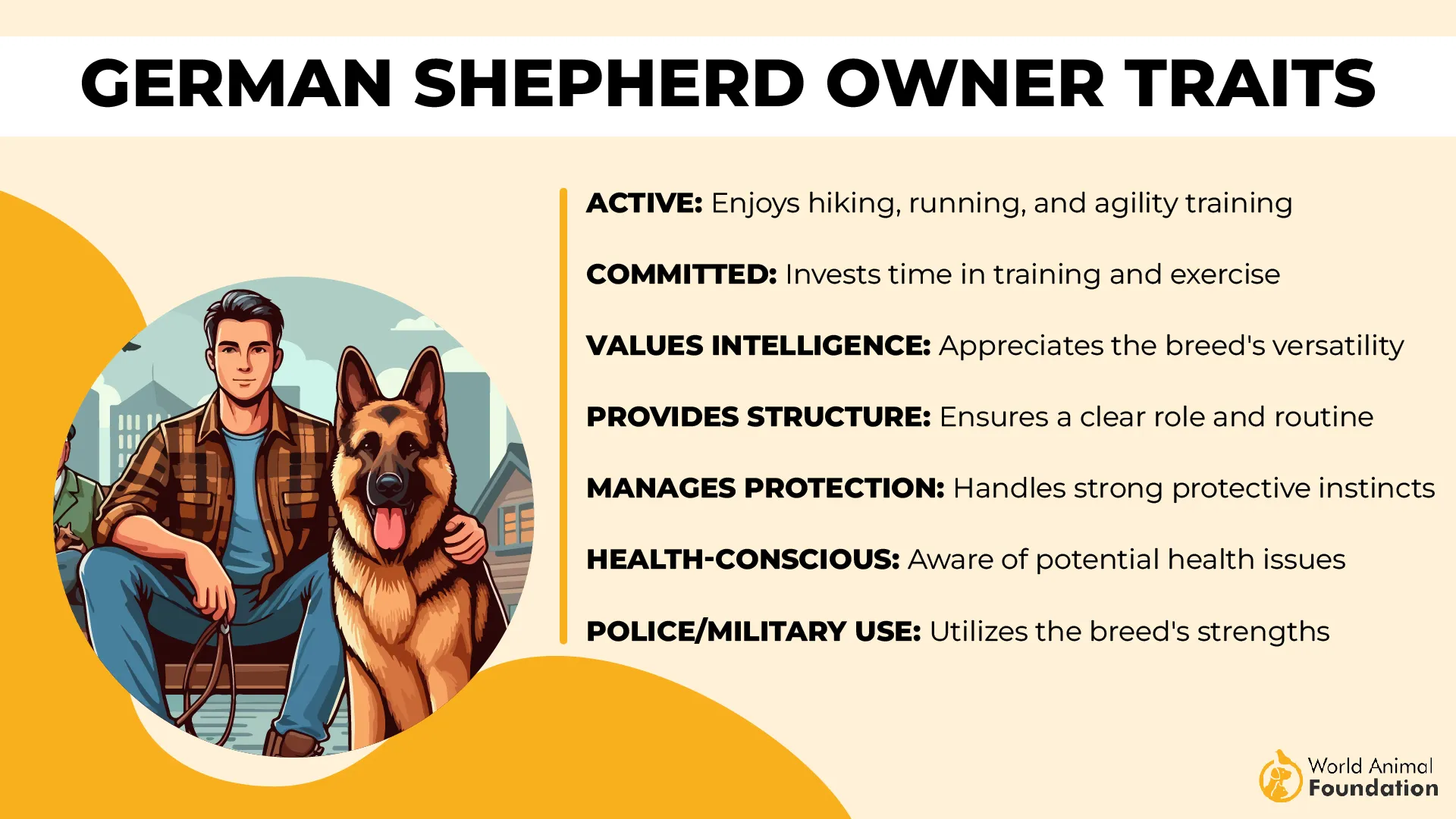
American Kennel Club (AKC) refers to the Great Dane as the “Apollo of Dogs” for its noble appearance, calm demeanour, and gentle nature. Originating in Germany over 400 years ago, these dogs were initially bred for hunting large game like wild boars and later became estate guardians.
Despite their imposing size and strength, Great Danes are affectionate, friendly, and known to form strong bonds with their families. While German Shepherds thrive on structure and work, Great Danes bring laid-back, loving energy to any home, especially those with room to accommodate their stature.
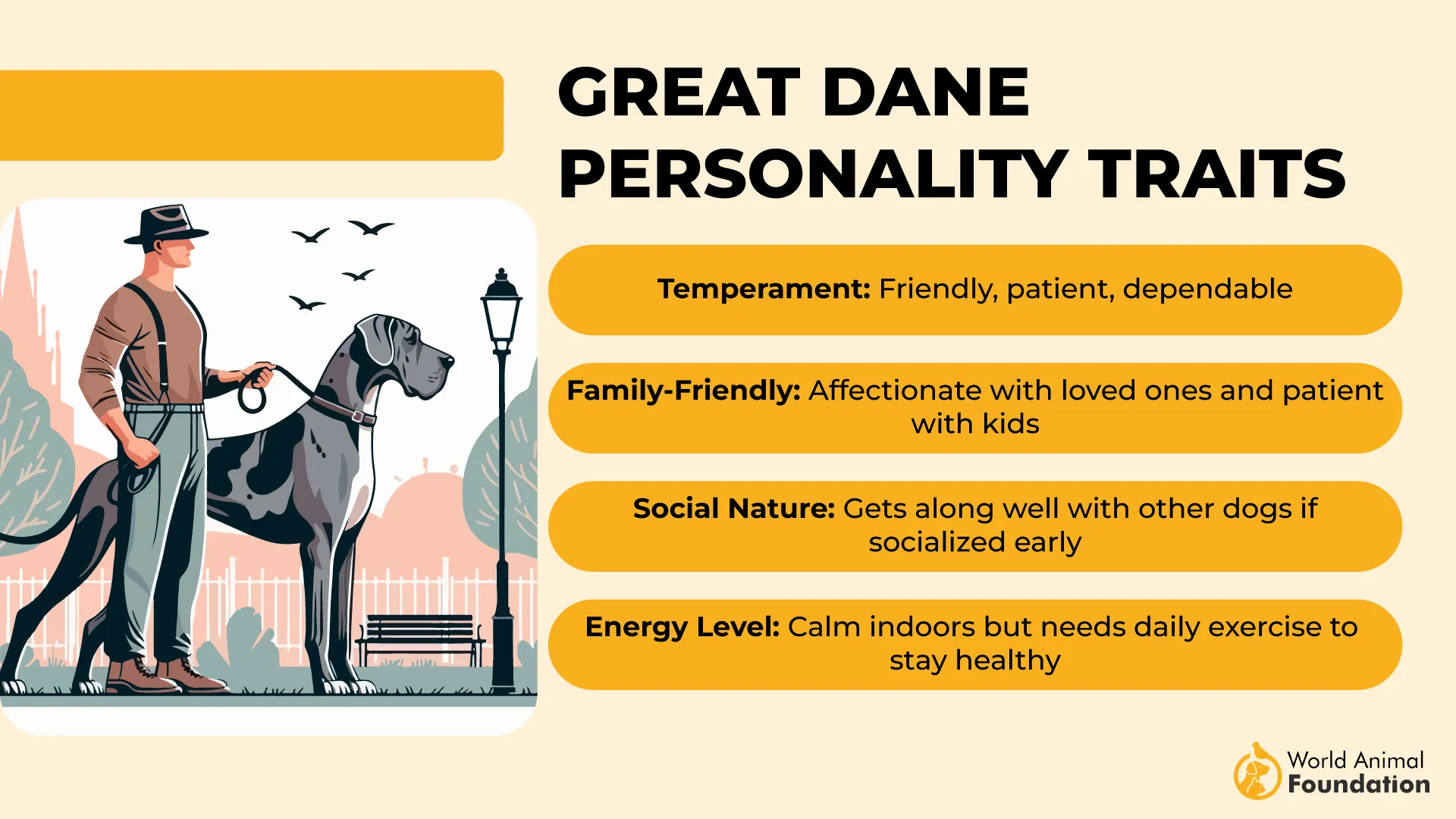
Physical Appearance and Size Comparison
When it comes to physical appearance and size, the German Shepherd presents a strong, athletic frame that reflects both power and agility. Falling into the medium to large breed category, German Shepherds typically stand between 22 to 26 inches tall and weigh 50 to 90 pounds, with males being larger than females.
Their muscular build, deep chest, and level back showcase a well-balanced physique designed for endurance and work. With their thick double coat and alert, noble expressions, German Shepherds exude confidence and readiness—an image befitting their roles as working dogs and loyal companions.
In contrast, the Great Dane towers over most other breeds, holding a place among the tallest dogs in the world. The Great Dane’s average height is 30 to 32 inches for males, and weight is between 140 to 175 pounds, while females are slightly smaller.
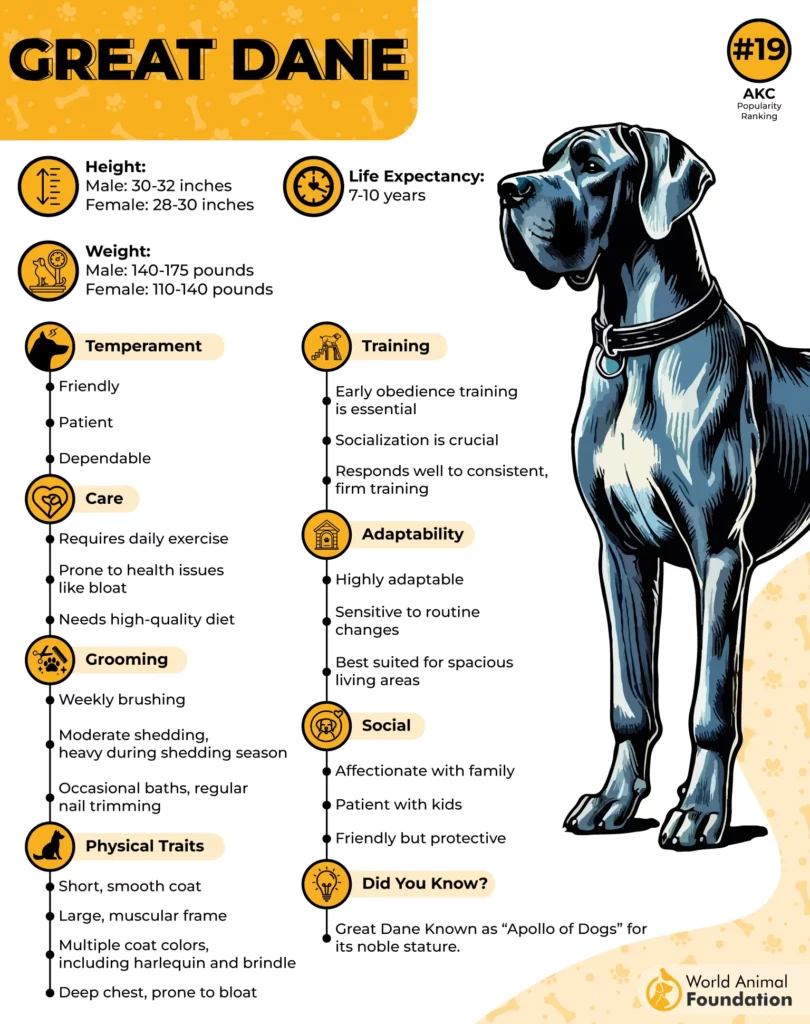
Despite their massive size, Great Danes carry themselves with elegance and grace, often described as having the stride of a noble giant. Their short, sleek coat comes in a variety of striking colours, including brindle, fawn, merle, and the distinctive harlequin pattern. Though their sheer size is intimidating, their friendly nature and dignified appearance make them gentle giants in the home.
Exercise Requirements and Activity Levels
When it comes to exercise requirements and activity levels, German Shepherds are among the most active and high-energy dog breeds and are often compared to Belgian Malinois. Their athletic build and sharp intelligence demand daily physical and mental stimulation to prevent boredom and unwanted behaviour.
While daily long walks are essential, German Shepherds thrive with more engaging activities such as agility, tracking, herding, and protection sports. These dogs love structured play and tasks that challenge their minds, making them excellent candidates for advanced training and canine competitions, according to Britannica.
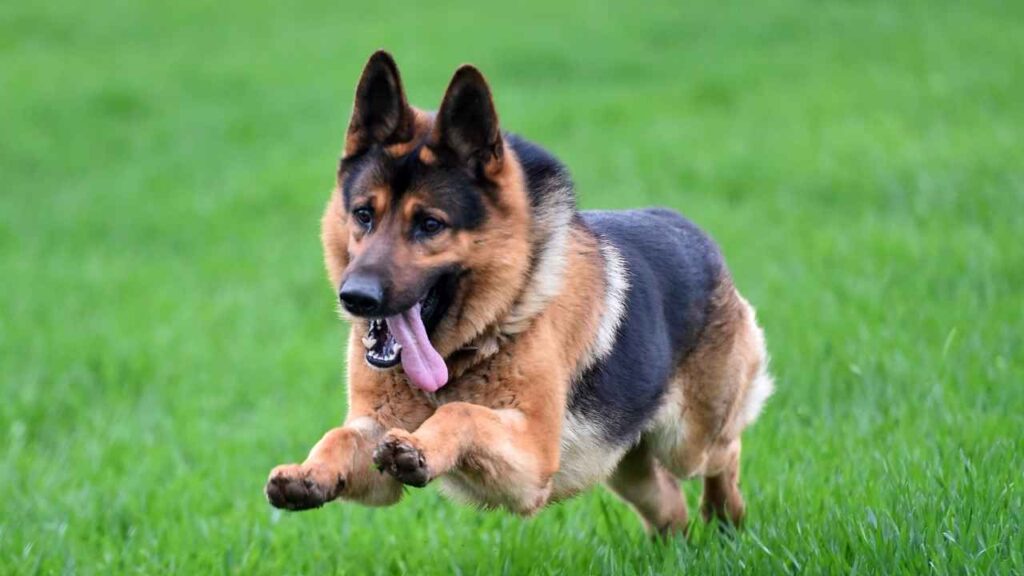
In comparison, Great Danes have moderate activity needs, but their large size still calls for consistent, daily exercise. Despite their calm demeanour, Danes benefit from two or more daily walks and enjoy games like tug-of-war, trick training, or low-impact agility activities.
However, due to their size and the risk of joint issues, high-impact exercise should be avoided until they are at least two years of age. They also require large, fenced yards with tall enclosures for safe outdoor play. While not as intensely driven as German Shepherds, Great Danes still need regular engagement to stay healthy and content.
Overall Health and Wellness Considerations
German Shepherds are high-energy, intelligent dogs that thrive with regular physical activity, mental stimulation, and structured training. Without proper exercise, they may become bored and develop destructive behaviors. These dogs do best in homes with fenced yards and attentive pet parents who can dedicate time to their care.
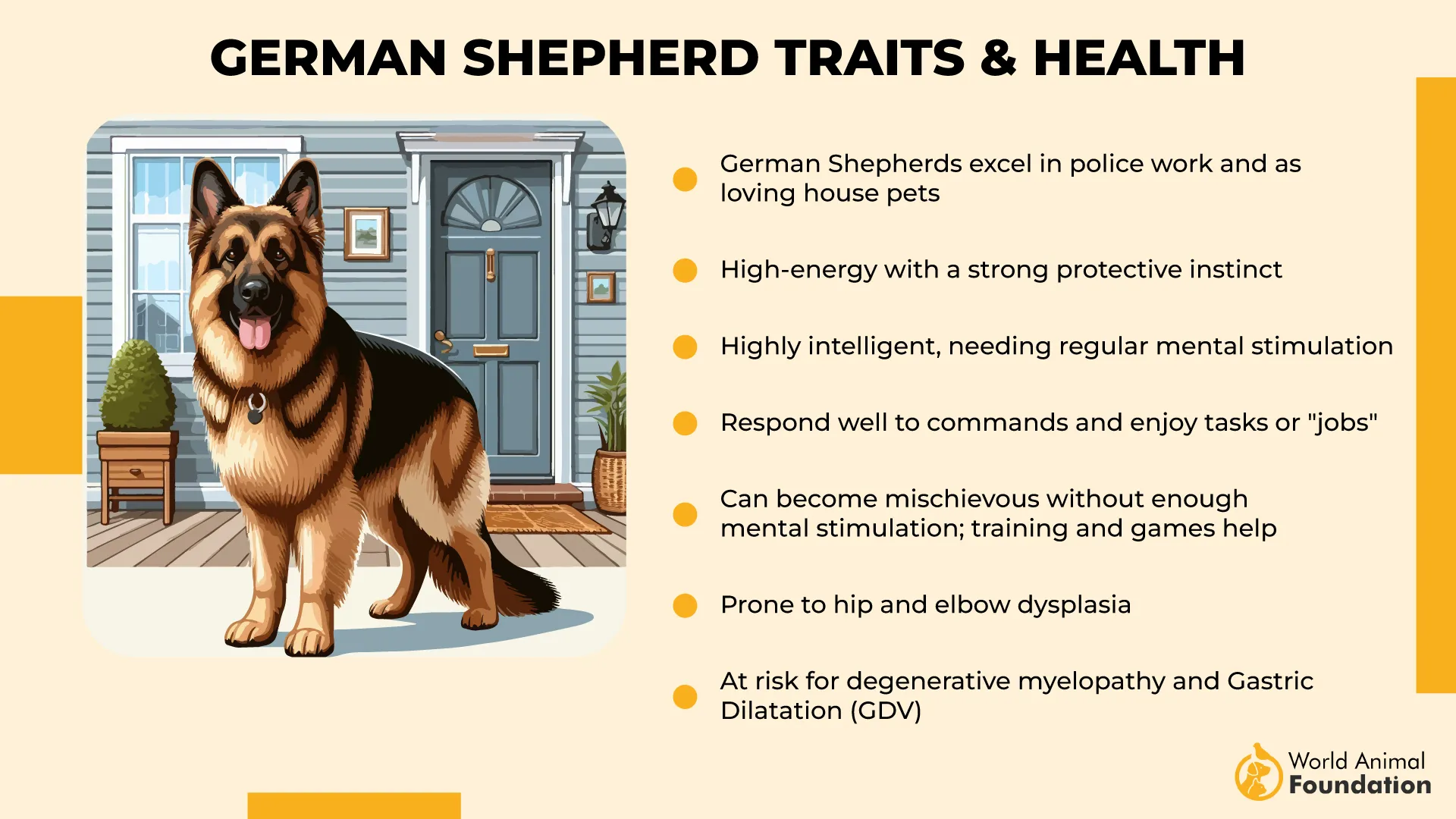
Grooming needs include brushing several times a week to manage shedding, occasional bathing, regular nail trims, and dental care. Training and socialization are essential from an early age to manage their protective instincts and prevent anxiety or aggressive tendencies. While naturally loyal and affectionate, German Shepherds need engaged households that can keep up with their physical and mental needs.
Great Danes require a balance of structured exercise and gentle care, especially during their developmental years, to protect growing joints. Daily walks and moderate play are sufficient for their well-being. Their grooming routine is relatively simple, with weekly brushing and periodic bathing, though seasonal shedding can be heavy.
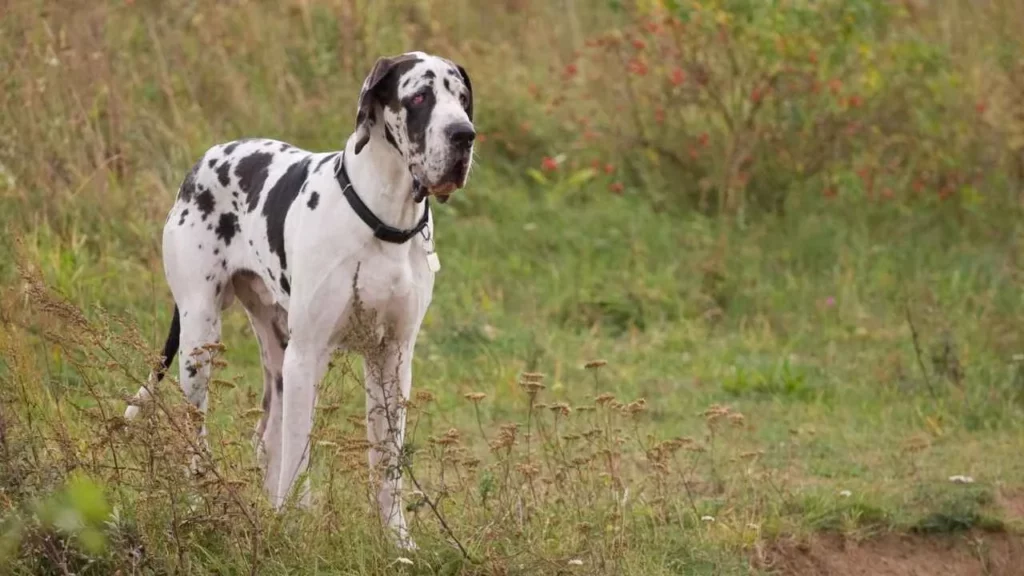
Regular ear cleaning, nail trimming, and dental care are also important. Due to their massive size, early obedience training and socialization are crucial to prevent bad behavior like jumping or leash pulling. Great Danes are affectionate and prefer indoor companionship, making crate training and positive reinforcement effective tools for raising a well-mannered, gentle giant.
Common Health Issues
Both German Shepherd and Great Dane face significant breed-specific health problems, but with proper care and responsible breeding, many of these concerns can be managed. German Shepherds have an average lifespan of 7–10 years and are generally healthy, though they are prone to orthopedic issues such as hip and elbow dysplasia, as well as degenerative myelopathy—a progressive spinal condition.
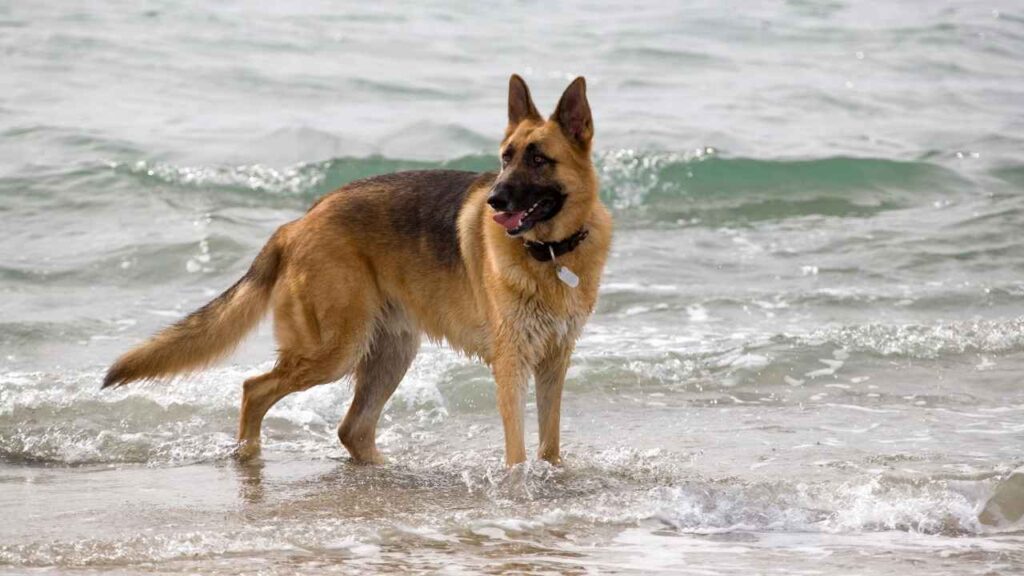
Bloat (gastric dilatation-volvulus) is also a concern and can become life-threatening if not treated promptly. Reputable breeders screen for these conditions and adhere to kennel club standards to reduce hereditary health risks.
Great Danes, despite their gentle temperament, also have a lifespan of 7–10 years and are especially vulnerable to serious health conditions due to their massive size. The most critical of these is bloat, or GDV, which can develop rapidly and requires emergency care or preventive surgery like gastropexy, states PetMD.
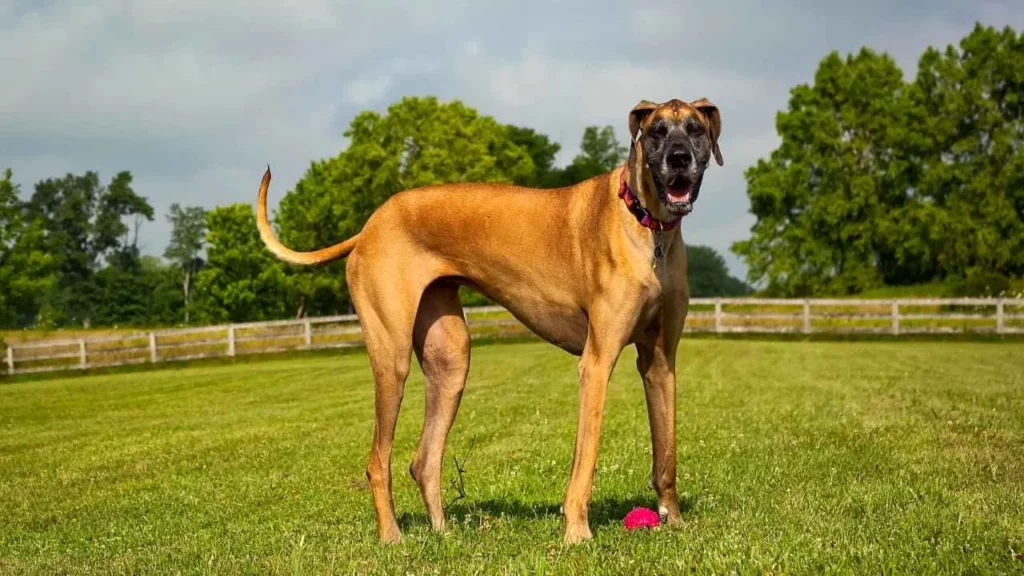
Other common issues include hip dysplasia, Wobbler syndrome (a cervical spinal condition), dilated cardiomyopathy, and degenerative myelopathy. Preventive health practices, weight management, proper nutrition, and early veterinary screening play a vital role in enhancing the quality of life for both breeds.
Conclusion
In conclusion, both the German Shepherd and the Great Dane offer unique qualities that can make them a great choice for the right household. German Shepherd puppies are ideal for active families who can meet their high exercise needs, provide day-to-day grooming, and offer consistent training.
As one of the most popular guard dogs, they thrive when socialized early and are well-suited to homes that can invest time in their care. Great Danes, while more laid-back adults, still require room to stretch, proper food, and moderate exercise. Compared to other dog breeds, both need dedicated owners—humans who are prepared and informed.
Whether you adopt or purchase, choosing between these active dogs should be an informed choice based on lifestyle, space, and commitment. Just like the memorable photos captured by Alexander Naglestad, your life with either breed can be picture-perfect—if you’re ready to welcome one of these remarkable dogs into your house.


